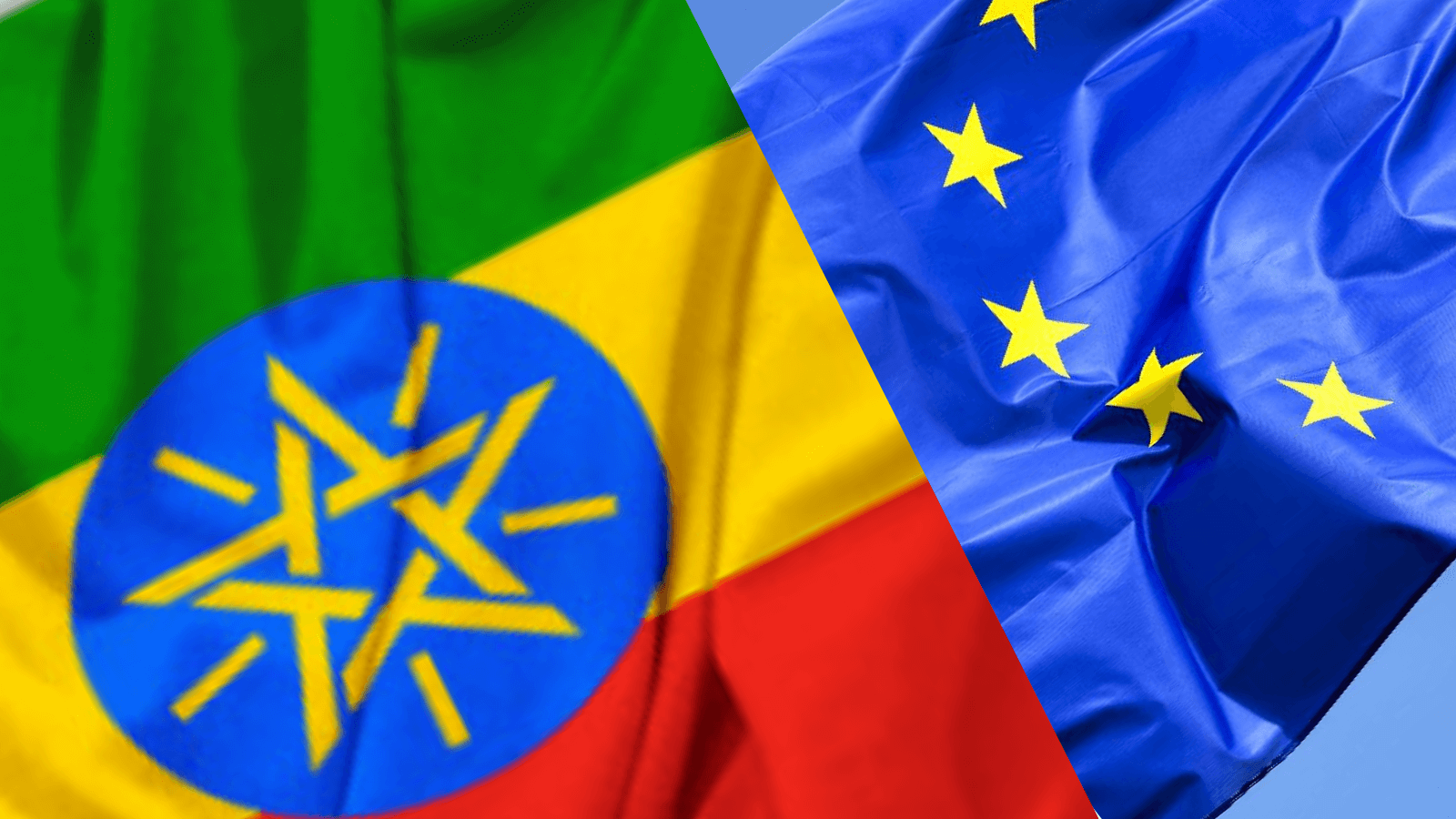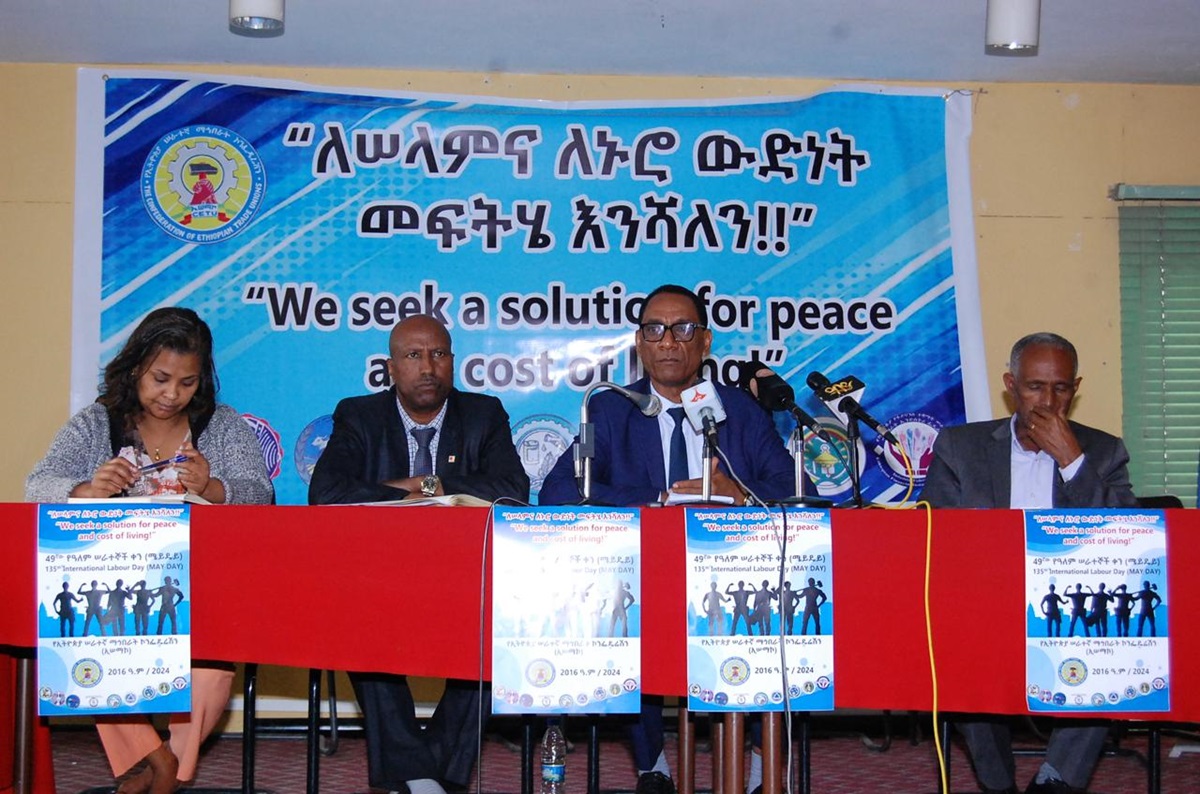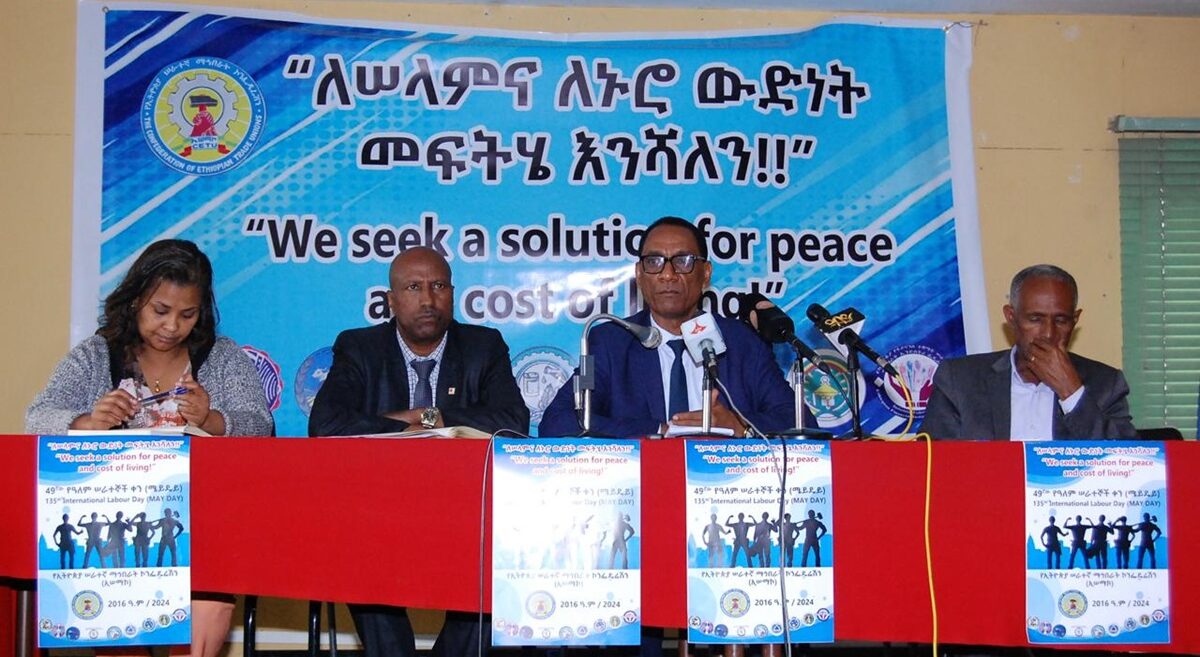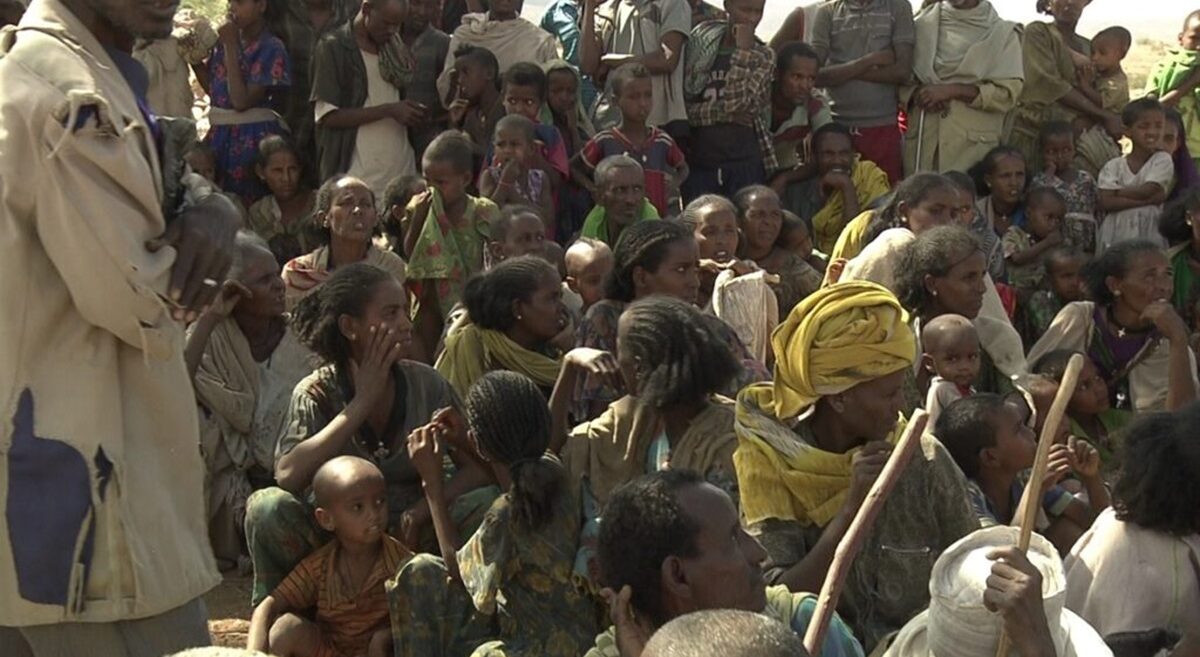
Addis Abeba – Following recent episodes of violent confrontation in the Raya Alamata district, located within the South Tigray Zone, the diplomatic missions of Canada, France, Germany, Italy, Japan, the United Kingdom, and the United States based in Addis Abeba have conveyed their apprehension.
The embassies emphasize the importance of all parties making progress towards disarmament, demobilization, and reintegration (DDR), as well as ensuring the safe return of internally displaced persons.
The joint statement calls for de-escalation and the protection of civilians in the affected areas. The embassies indicated that inclusive dialogue among all stakeholders is the only way to effectively address the complex political and security crises in the region and to ensure lasting peace in Ethiopia.
Following recent violent clashes in the Raya Alamata district, situated in the South Tigray Zone, residents told Addis Standard that a significant number of civilians, as well as local administrative officials, have sought refuge in Kobo town.
Local residents report that many of the displaced individuals, who are primarily Amharic speakers, have found temporary shelter at Ewket Chora Primary and Secondary School in Kobo town, located within the North Wollo Zone of the Amhara region.
According to the latest reports from the United Nations Office for the Coordination of Humanitarian Affairs (OCHA), nearly 29,000 people have been displaced from Raya Alamata district to Kobo town in the North Wollo Zone and Sekota town in the Wag Hamra Zone of the Amhara region due to the recent surge in violence.
The UN agency warns that this number could continue to rise as the situation on the ground remains fluid and unpredictable.
The cause of the violence remains a point of contention, with local officials and residents offering divergent narratives. Some stated that “TPLF forces” initiated the conflict, while the administrator of the Southern Tigray Zone said militants from the Tao area advanced towards Tigray militia positions, leading to an armed confrontation.
Getachew Reda, the president of the interim administration of Tigray, rejected assertions of a conflict between the federal government and the interim administration or between the Tigray and Amhara regions.
Instead, Getachew alleges that “diehard enemies of the Pretoria agreement” are actively working to disrupt the cooperative efforts being made by both parties to ensure the success of the peace process.
In a statement released subsequent to the clashes, the Amhara regional government called on the Tigray People’s Liberation Front (TPLF) to “fully respect” the Pretoria deal and “swiftly vacate the areas it occupied recently.”
Despite the exchange of allegations, displaced families find themselves grappling with a critical scarcity of food, water, and other indispensable resources. This underscores the urgent requirement for humanitarian aid to avert exacerbating their plight, as highlighted by OCHA. Those seeking shelter in open areas are in desperate need of protection, sanitation facilities, shelter, non-food items, healthcare, and nutrition support.
The UN has reported that due to a lack of resources, the only assistance provided thus far has been informal contributions from community members, who have been providing food and water to the most vulnerable individuals. AS







